Bilbao Fine Arts Museum exhibits masterpieces from the collection of Alicia Koplowitz
Francisco de Goya y Lucientes, Maja and Procuress on the Balcony, 1808-1812 © Collection Alicia Koplowitz - Grupo Omega Capital.
BILBAO.- Over the past few decades the Alicia Koplowitz – Grupo Omega Capital Collection has become one of the most important art collections in Europe. Despite this, it has remained largely unknown with the exception of the recent display of around 50 works at the Musée Jacquemart-André in Paris.
The exhibition at the Bilbao Fine Arts Museum is an artistic event of the first order as for the first time it will introduce the visiting public to an extensive selection of works from this collection, based on an exceptional roll-call of great masters within the history of art. On display are a total of 90 paintings and drawings dating from the 16th to the 21st centuries, in addition to sculptures from classical antiquity to the present day.
In its entirety the selection of works reveals a distinctive approach to collecting marked by a quest for beauty that has led to a focus on both the past and present and which encompasses both painting and sculpture. These concerns are expressed through a particular presence of works from the 18th to the 20th centuries and through the desire to achieve an international scope, for which reason the collection includes both Spanish and international artists. These characteristics can be considered exceptional in the context of a private Spanish collection.
As Professor Francisco Calvo Serraller observes in his essay in the exhibition's accompanying catalogue, the works on display offer a survey of the history of western art, starting with classical antiquity and concluding in the present day, which is not structured around its principal periods or masters but rather through a selection guided by this collector's own taste.
The itinerary, which spreads across the museum's BBK room and the first floor of the building, is divided into nine sections: "The persistence of the classical ideal", "The century of the Englightenment", "The private and public realms", "Paris at the turn of the century", "New directions in interwar art", "Material, gesture and paint", "Figurations", "Informalist and abstract trends" and "Epilogue".
Starting with Greco-Roman sculpture, The Alicia Koplowitz – Grupo Omega Capital Collection reveals a particular interest in the modern and contemporary period but above all in the 18th and 20th centuries. In thematic terms it is characterised by a particular sensibility to the iconography of women, the earliest example of which is a statue of Aphrodite. This theme can be traced through all the different periods and artistic genres represented.
Within the context of 16th- and 17th-century Spanish painting, the interest in this iconography explains the presence of a court painting by Juan Pantoja de la Cruz, Portrait of doña Ana de Velasco y Girón, Duchess of Braganza, in Court Dress; Luis de Morales' depiction of the Virgin and her son, The Gypsy Virgin with the Christ Child with a Cross; and Francisco de Zurbarán's Virgin and Child with the Infant John the Baptist. Among the 17th-century paintings the genre of still life is also important, including a sumptuous Basket of Flowers by Juan de Arellano.
Juan Pantoja de la Cruz, Portrait of doña Ana de Velasco y Girón, Duchess of Braganza, in Court Dress, 1603. © Collection Alicia Koplowitz - Grupo Omega Capital.
Francisco de Zurbarán, Virgin and Child with the Infant John the Baptist, circa 1659 © Collection Alicia Koplowitz - Grupo Omega Capital.
Goya is the outstanding figure within the context of 18th-century works in the collection, with four paintings by the artist that reveal his wide range of interests: a scene of bandits, Assault on a Stage Coach; the mythological scene of Hercules and Omphale; the delicate Portrait of the Countess of Haro, its intimacy echoed in the portraits by Augustín Esteve and Luis-Léopold Boilly; and Maja and Procuress on the Balcony, an example of Goya's interest in picturesque scenes of daily life. The taste for genre scenes is also evident in works by other artists of this date who focused on similar themes and subjects, such as the examples by Lorenzo Tiepolo and the scenes of galanterie by Manuel Camarón and Luis Paret y Alcázar.
Francisco de Goya y Lucientes, Portrait of the Countess of Haro, 1802-1803 © Collection Alicia Koplowitz - Grupo Omega Capital.
Manuel Camarón y Melia, Majos dancing the bolero, 1795-1805. © Collection Alicia Koplowitz - Grupo Omega Capital.
Also notable within the same century is the genre of view painting, which reached a peak of expression among the Venetian painters Francesco Guardi and Canaletto. The topographical approach is evident in two panoramic views by Antonio Joli while the emphasis on picturesque ruins in a painting by Hubert Robert is characteristic of that French artist. More unusual is the presence of Pietro Antonio Rotari, whose depictions of four young women emphasise their states of mind.
The 19th century is represented by a refined composition by Raimundo de Madrazo and a particularly Post-Impressionist works by Gauguin, Toulouse-Lautrec and Van Gogh, the latter represented by a still life, a genre that was the speciality of Fantin Latour at the turn of the 19th and 20th centuries. Within the early 20th-century Parisian avant-gardes and Austrian Expressionism the Fauve painter Kees van Dongen, Egon Schiele and Amedeo Modigliani again reflect this collector's interest in the depiction of the female figure.
Paul Gauguin, Femmes au bord de la rivière, 1892. © Collection Alicia Koplowitz/Grupo Omega Capital
Henri de Toulouse-Lautrec, Young Girl Reading (La Liseuse), 1889. © Collection Alicia Koplowitz - Grupo Omega Capital.
Vincent Van Gogh, Vase with carnations, 1890. © Collection Alicia Koplowitz - Grupo Omega Capital.
Kees Van Dongen, Lady with large hat, 1906 © Collection Alicia Koplowitz - Grupo Omega Capital.
Egon Schiele, Woman in a Blue Dress, 1911. © Collection Alicia Koplowitz/Grupo Omega Capital.
Amedeo Modigliani, Red-headed Woman wearing a Pendant, 1918 © Collection Alicia Koplowitz/Grupo Omega Capital
With almost fifty works, the 20th century is another nucleus of the collection, representing half the exhibition. More than a third are by Spanish artists of international renown. Particularly notable are those by Picasso – two oils, a drawing and a small, painted metal sculpture – as well as Juan Gris and Luis Fernández, who participated in the dynamic years of the early avant-gardes in Paris, alongside the sculptors Pablo Gargallo and Julio González. By the latter is a wrought-iron sculpture and its preparatory drawing, two works that naturally relate to the later sculptures in the collection by Alexander Calder and David Smith.
Pablo Picasso, Demi-nu à la cruche, 1906. © Collection Alicia Koplowitz/Grupo Omega Capital. © Succession Picasso 2017
Pablo Picasso, Woman’s Head and Hand, 1921. © Collection Alicia Koplowitz/Grupo Omega Capital. © Succession Picasso 2017
Juan Gris, Violon et journal, 1917 © Collection Alicia Koplowitz/Grupo Omega Capital.
Moving forward to the 1940s, the works on display summarise many of the concerns of Spanish painters of this period including Antonio López, Manuel Millares and Antoni Tàpies; José María Sicilia represents the decade of the 1970s and there are also outstanding examples of the flourishing Basque sculpture of the period with creations by Jorge Oteiza and Eduardo Chillida. From the end of the century are two large-format paintings from the 1990s by Miquel Barceló and a sculpture by Juan Muñoz created in 2000.
Miquel Barceló, The Yellow lake, 1990. © Collection Alicia Koplowitz/Grupo Omega Capital.
Miquel Barceló, Kula Be Ba Kan, 1991. © Collection Alicia Koplowitz/Grupo Omega Capital.
Within mid-20th century European art the figurative trend is represented by the slender forms of Germaine Richier and Alberto Giacometti's sculptures and the angst-ridden portraits of Lucian Freud and Francis Bacon. The sole example of Pop Art is an iconic Self-portrait by Andy Warhol.
Alberto Giacometti, Femme de Venise I, 1956. © Collection Alicia Koplowitz - Grupo Omega Capital © Succession Alberto Giacometti (Fondation Alberto et Annette Giacometti)
Lucian Freud, Young Girl in a Fur Coat, 1967. © Collection Alicia Koplowitz/Grupo Omega Capital. © Lucian Freud Archive/Bridgeman Images.
From the same period, Nicolas de Staël's painting offers the counterpoint of abstraction, which defines another path in the collection through a selection of examples: Piet Mondrian's Neo-Plasticism; Lucio Fontana's Spatialism; Frank Stella, Donald Judd, Agnes Martin and Blinky Palermo's Minimalism; and Fausto Mellotti's "musical abstraction" are all important examples of this mode of expression.
American Abstract Expressionism finds its place with works by artists of the stature of Willem de Kooning and Mark Rothko as well as Cy Twombly from the following generation, its influence extending to Anselm Kiefer.
Willem de Kooning, Untitled IV, 1977. © Collection Alicia Koplowitz/Grupo Omega Capital. © The Willem de Kooning Foundation.
Mark Rothko, N°6 (Yellow, White, Blue over Yellow on Gray), 1954. © Collection Alicia Koplowitz/Grupo Omega Capital. © 1998 Kate Rothko Prizel & Christopher Rothko.
The most recently created work in the collection, dating from 2014, is in fact by Kiefer. Other key names whose work extends into the 21st century include Louise Bourgeois and Ai Weiwei, represented in the exhibition's impressive final section.

/https%3A%2F%2Fprofilepics.canalblog.com%2Fprofilepics%2F1%2F0%2F100183.jpg)
/https%3A%2F%2Fstorage.canalblog.com%2F03%2F02%2F119589%2F96711876_o.jpg)
/https%3A%2F%2Fstorage.canalblog.com%2F11%2F31%2F119589%2F94773502_o.jpg)
/https%3A%2F%2Fstorage.canalblog.com%2F20%2F83%2F119589%2F94772815_o.jpg)
/https%3A%2F%2Fstorage.canalblog.com%2F26%2F72%2F119589%2F75604929_o.jpg)
/https%3A%2F%2Fstorage.canalblog.com%2F59%2F60%2F119589%2F26458628_o.jpg)
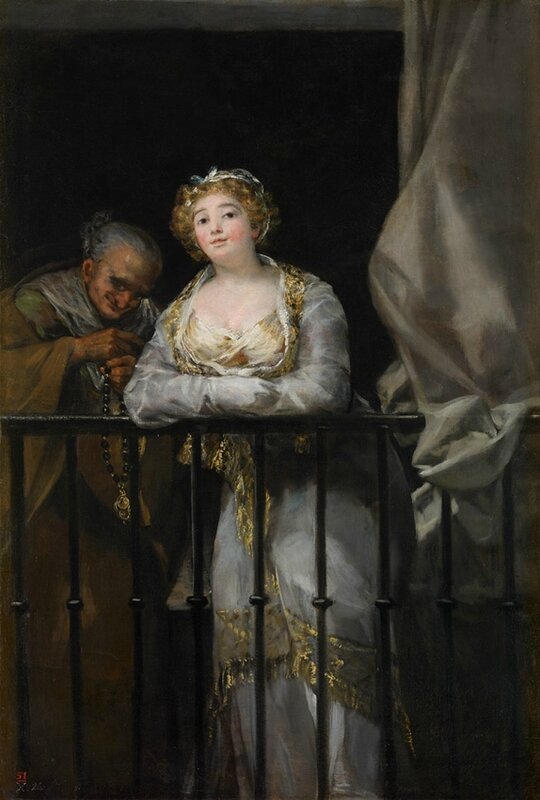

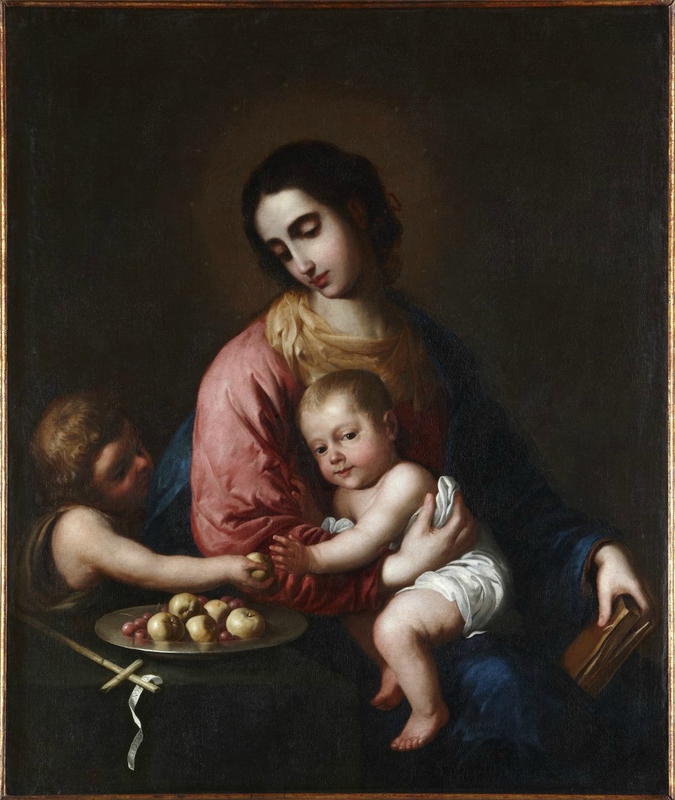
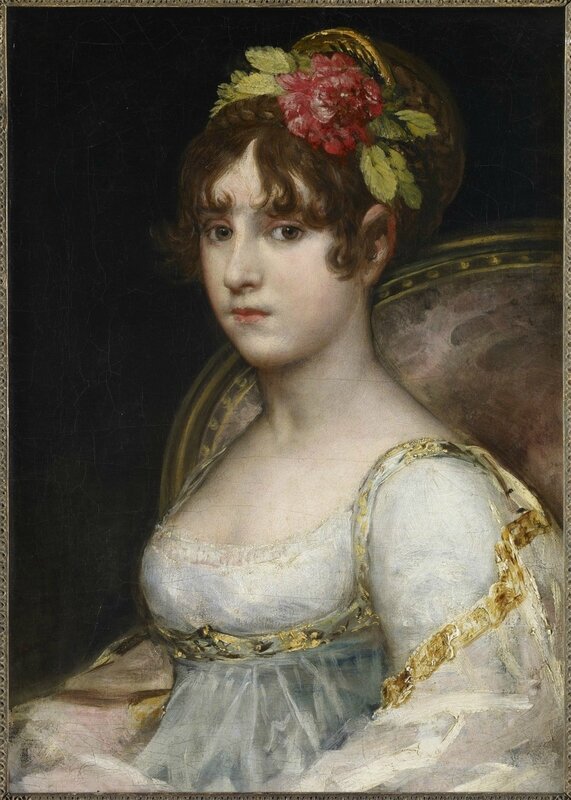
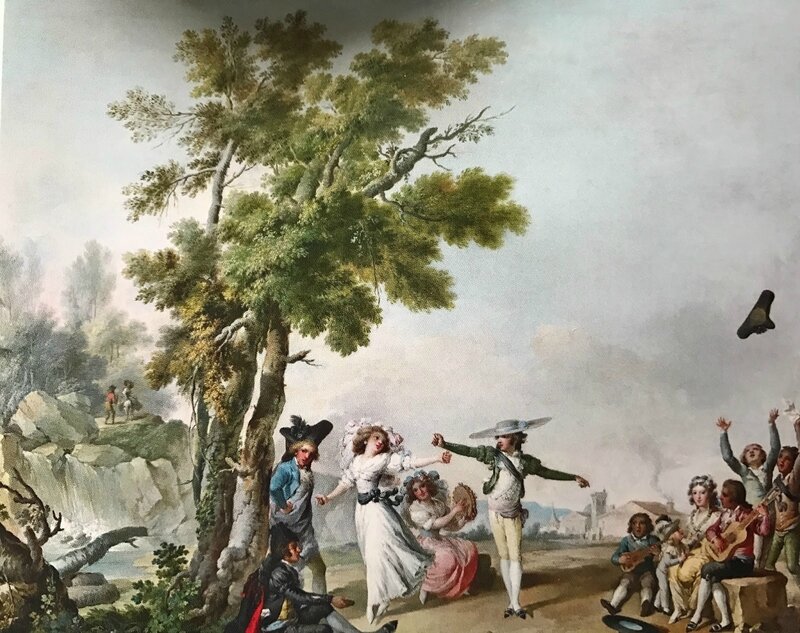
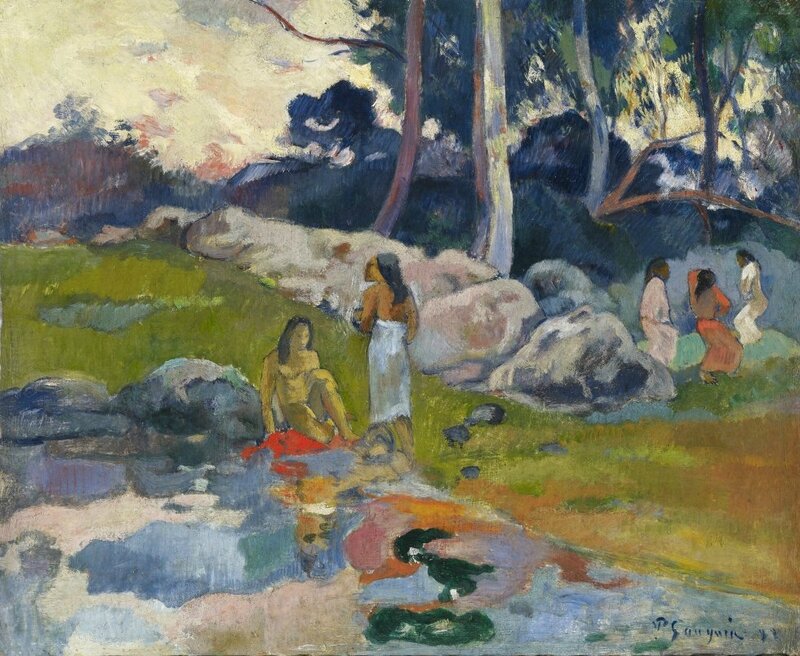
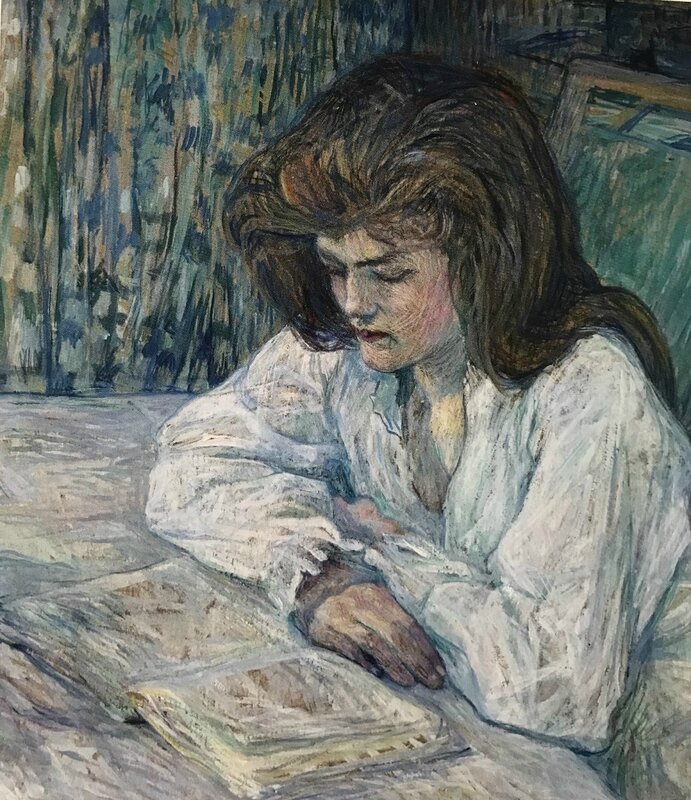
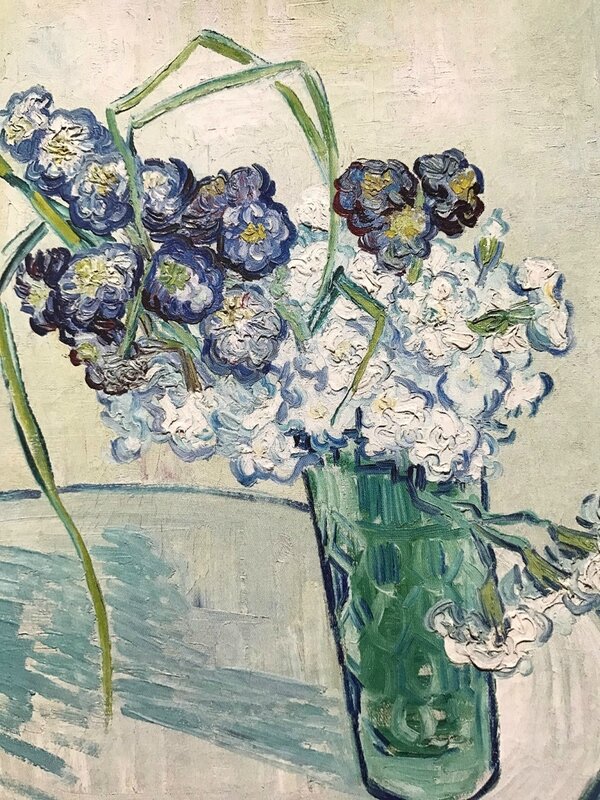
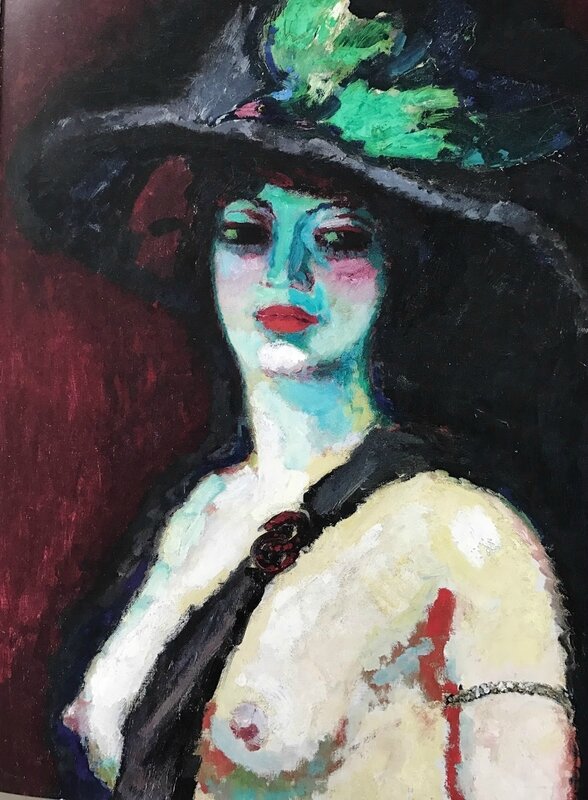

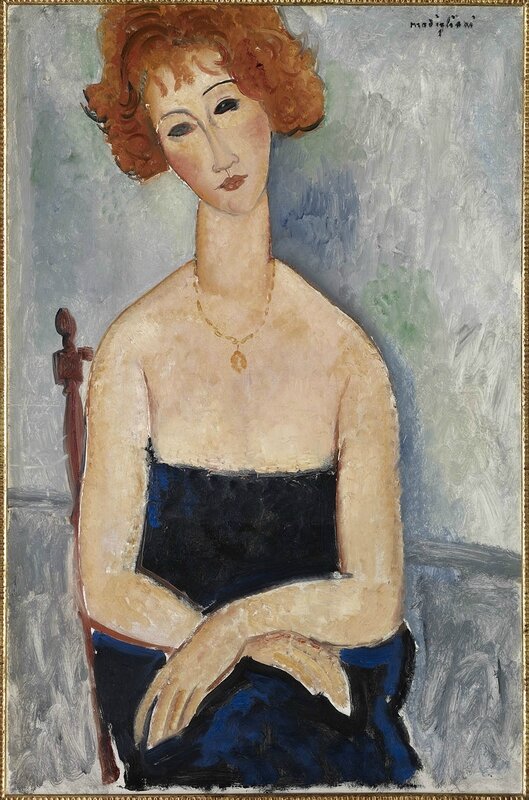
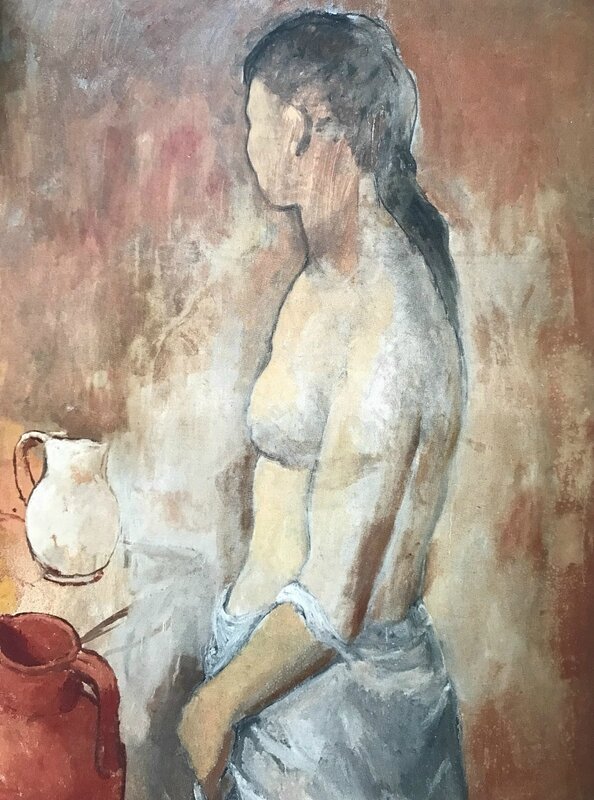
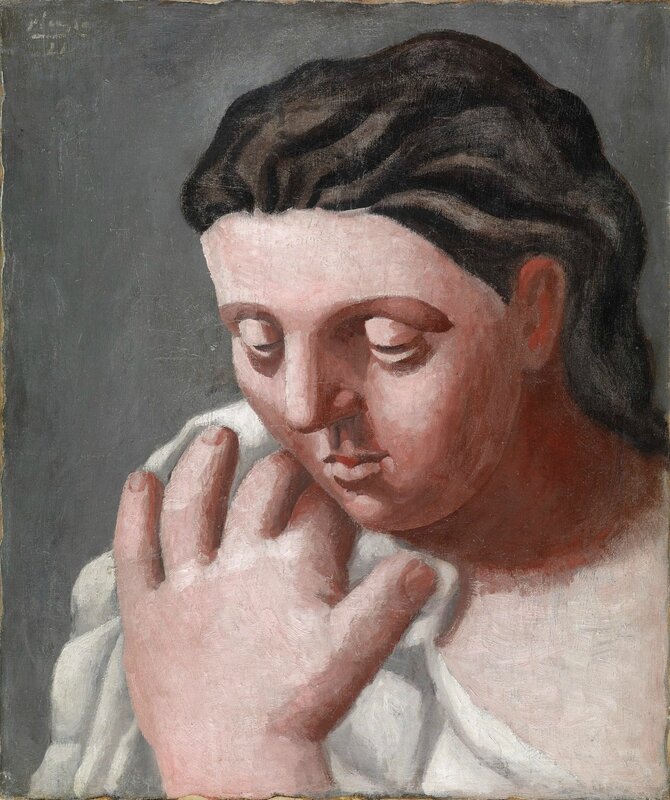
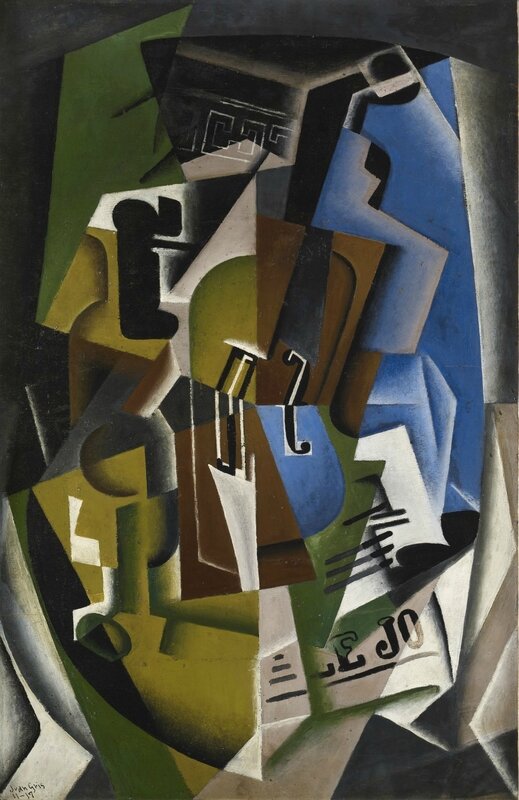

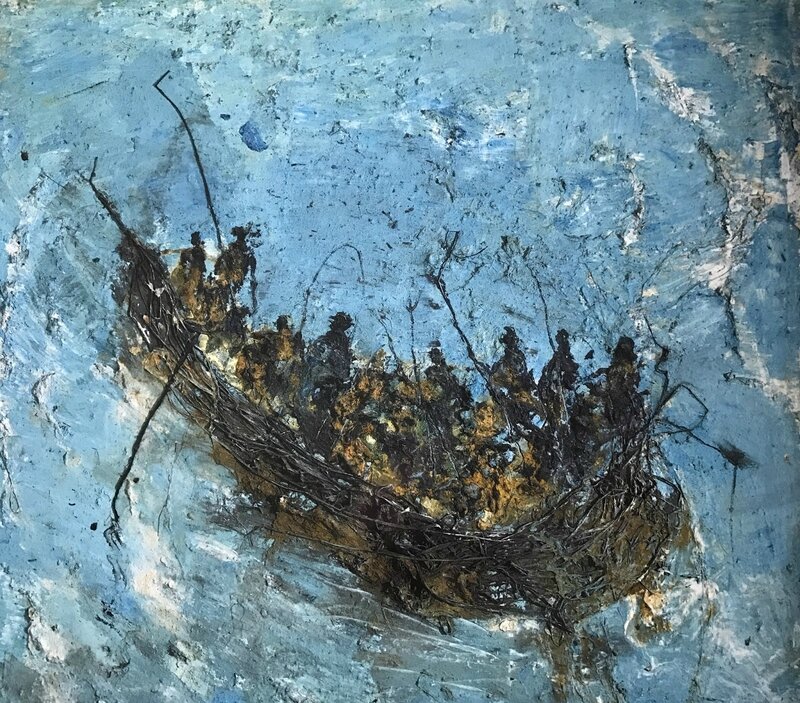
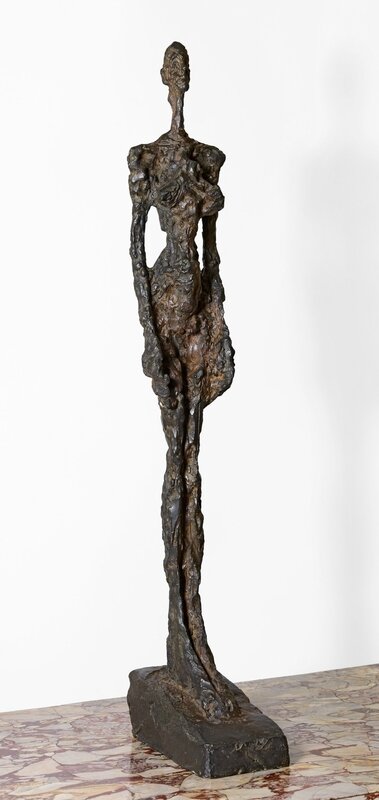
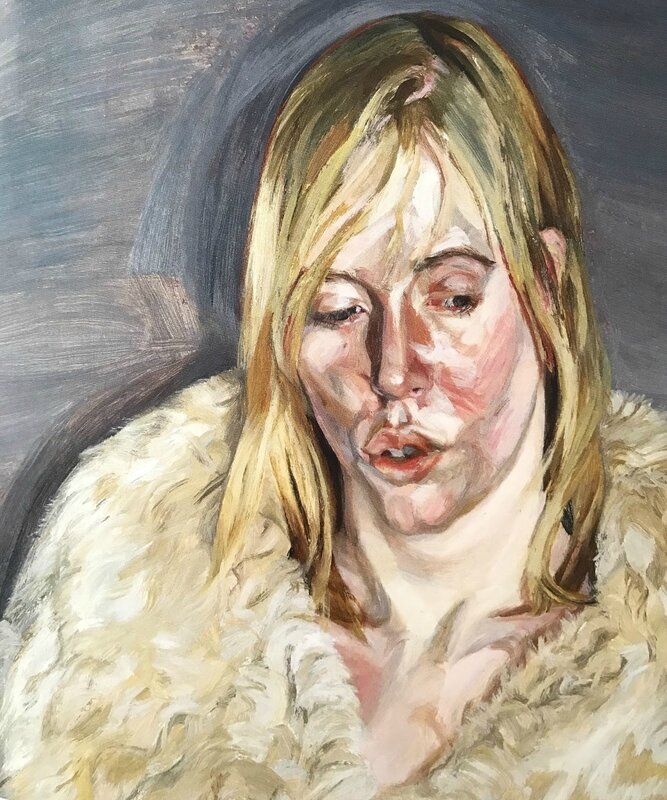




/http%3A%2F%2Fstorage.canalblog.com%2F60%2F34%2F119589%2F128961949_o.png)
/http%3A%2F%2Fstorage.canalblog.com%2F48%2F57%2F119589%2F127874617_o.jpg)
/http%3A%2F%2Fstorage.canalblog.com%2F66%2F66%2F119589%2F127181870_o.jpg)
/http%3A%2F%2Fstorage.canalblog.com%2F46%2F13%2F119589%2F126868716_o.jpg)